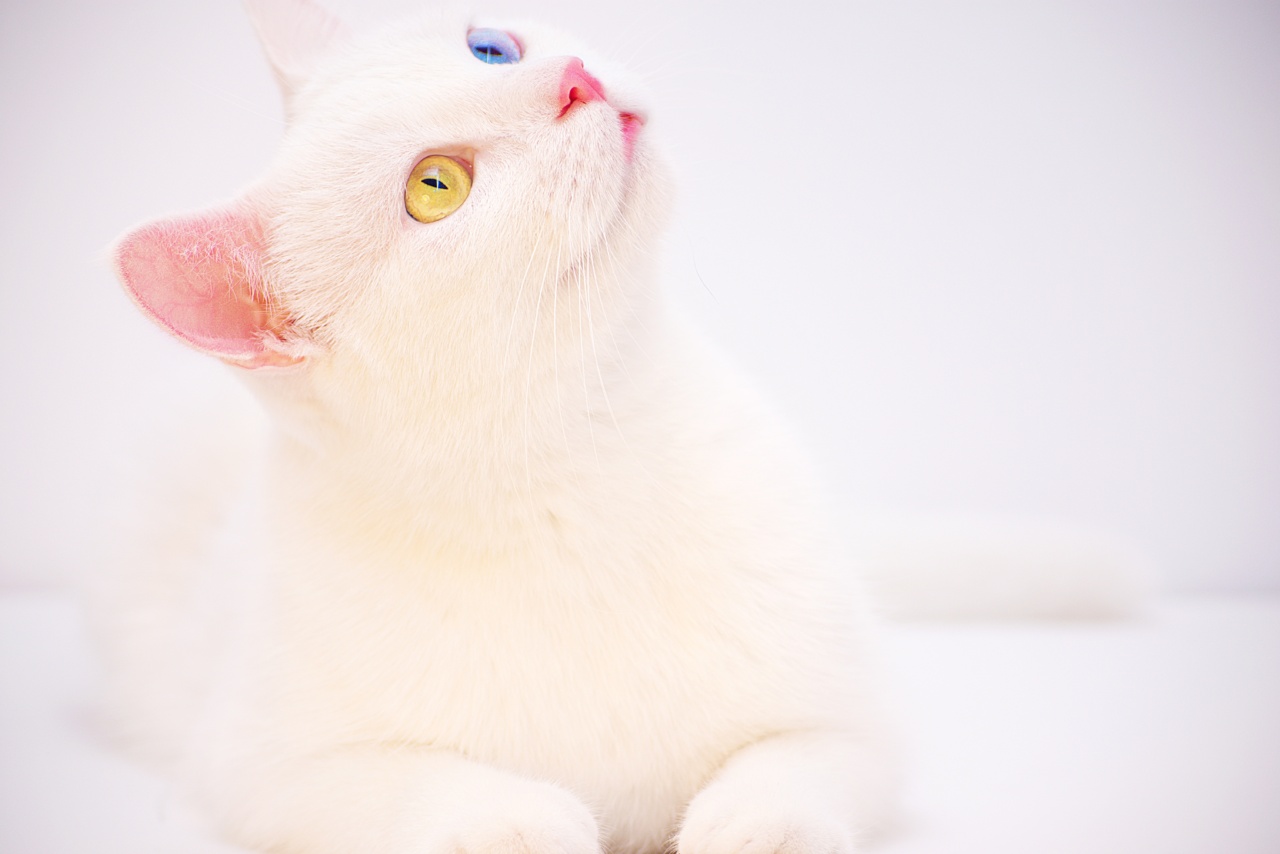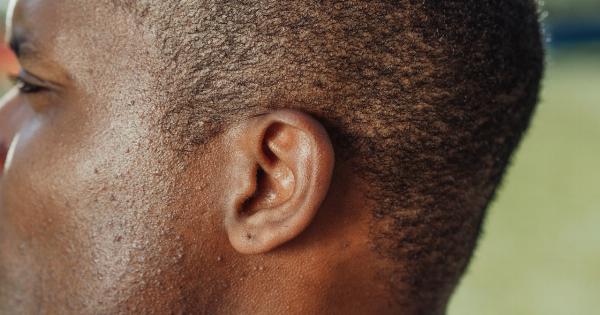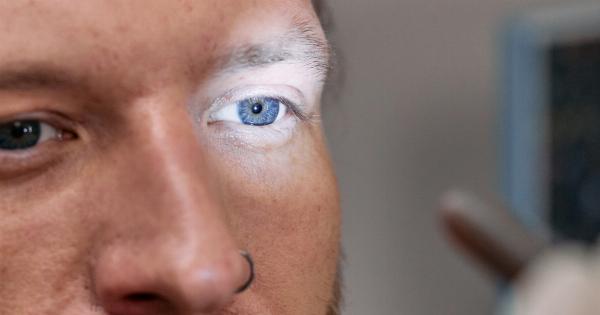Introduction
White cats with blue eyes have always captured the imaginations of many cat lovers. Their stunning appearance and unique features make them truly mesmerizing.
However, there are various misconceptions surrounding these cats, particularly when it comes to their hearing abilities. In this article, we aim to uncover the truth behind white cats with blue eyes and their hearing capabilities.
Understanding the Genetics
To understand the characteristics of white cats with blue eyes, it is essential to delve into their genetic makeup. The gene responsible for their white fur and blue eye pigment is known as the “dominant white” gene.
This gene blocks the coloring pigment called melanin in their fur, resulting in a pure white coat. Additionally, it affects the development and pigmentation of the eyes, leading to the striking blue coloration.
Link Between Coat Color and Hearing Loss
One common misconception is that all white cats with blue eyes are deaf or have hearing impairments. While it is true that a significant number of these cats may indeed have some degree of hearing loss, it is not a universal trait.
Various studies have been conducted to determine the connection between coat color and hearing abilities in cats.
The Prevalence of Deafness
Research suggests that approximately 60-70% of white cats with two blue eyes experience partial or complete deafness. This condition is most commonly seen in pure white cats, with little to no pigmentation in their skin and fur.
However, it is important to note that not all white cats with blue eyes are deaf, as there are exceptions to this generalization.
Factors Contributing to Deafness
Several factors contribute to the higher incidence of hearing loss in white cats with blue eyes:.
1. Congenital Sensorineural Deafness
Congenital sensorineural deafness is the most common type of deafness observed in white cats with blue eyes. It is a genetic condition that is present from birth.
The lack of melanin in their inner ear structures, such as the cochlea, leads to impaired auditory function.
2. Association with Waardenburg Syndrome
Some white cats with blue eyes may also suffer from Waardenburg syndrome, a genetic disorder that affects both hearing and pigmentation.
This syndrome is characterized by a wide range of symptoms, including variable degrees of hearing loss, change in eye color, and patches of unpigmented fur.
3. Sun Exposure and Skin Cancer
White cats with little to no pigmentation in their skin are prone to sun damage and a higher risk of developing skin cancer.
The association between sun exposure, skin cancer, and hearing loss is not direct, but it is an important consideration for their overall health and well-being.
Testing Hearing Abilities
If you have a white cat with blue eyes, it is crucial to determine their hearing abilities to provide appropriate care and training.
Various methods can be used to evaluate their hearing, such as the brainstem auditory evoked response (BAER) test and the otoacoustic emissions (OAE) test. These tests can accurately assess the extent of hearing loss or if the cat is completely deaf.
Caring for Deaf Cats
If your white cat with blue eyes is deaf or has hearing impairments, it is essential to make certain adjustments to their environment to ensure their safety and well-being. Here are some tips for caring for a deaf cat:.
1. Visual Communication
Since deaf cats cannot rely on auditory cues, it is important to establish visual signals for communication. Use hand signals, facial expressions, and body language to interact with them effectively.
2. Secure Living Space
Ensure your home provides a safe and secure environment for your deaf cat. Keep doors and windows securely closed to prevent any potential accidents or escapes, as they won’t be able to hear vehicles or other potential dangers.
3. Unique Training Techniques
Training a deaf cat may require using alternative methods. Instead of verbal commands, utilize visual cues and rewards to reinforce desired behaviors.
Conclusion
White cats with blue eyes are undeniably captivating creatures, but they are also susceptible to certain genetic factors that may affect their hearing abilities.
Not all white cats with blue eyes are deaf, but there is a higher prevalence of hearing loss in this particular group. Understanding the genetics and associated factors can help in providing appropriate care and support for these beautiful feline companions.



















